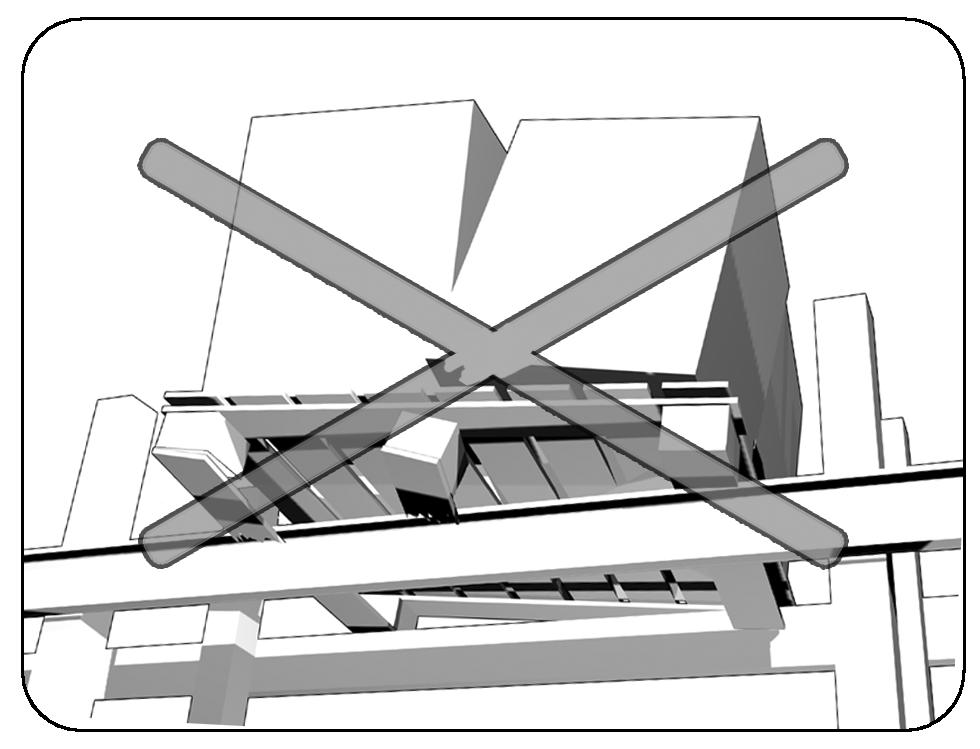
3 minute read
Batteries
• Raise the load so that it is clearly above the stacking height or shelf level. Note the height of the upper horizontal beam of the shelf. • Pull in the mast and reverse from the stacking location so that the load can be freely lowered. After lowering the forks, tilt them upwards.
NOTE
Tilt and reach functions are available in reach trucks only.
Collecting (order picker trucks)
• Use the lifting and lowering lever to set a suitable collecting height. • Place the load so that its weight is distributed evenly on the forks.
WARNING!
Observe extreme caution when collecting items.
Handling of broken pallets
WARNING!
A broken pallet or an unstable load must never be left on a shelf or stack, but must always be removed.
7. Batteries
Only appointed and trained personnel may replace and recharge batteries. Individuals maintaining batteries must have sufficient protective clothing and eye gear.
• Do not handle naked flame in the vicinity of batteries because of a risk of explosion. • Do not smoke when working with batteries. • Do not leave tools or other metal implements on top of the battery. Sparking or a short-circuit may cause the battery to explode. • When batteries are recharged, the cell plugs must be closed firmly to prevent splashing of battery fluid. • Battery fluid is a corrosive acid solution; avoid getting it on the skin or in the eyes. Battery fluid develops an explosive gas at the end phase of recharging. Therefore, make sure that the battery has sufficient ventilation (this does not apply to maintenance-free batteries). • Always perform a complete battery charging, as repeated partial charging may reduce the battery life.
Recharging the battery

Make sure that the charger is the appropriate model and that the battery has sufficient ventilation.
The truck is equipped with a removable recharging plug.
1. Park the truck in a reserved recharging place. 2. Switch off the power from the truck. 3. Raise the cover on top of the battery. Release the lock (1) to raise the cover. 4. Make sure that the charger has been switched off. 5. Remove the recharging plug (2) and connect it to the charger.

After recharging
1. Switch off the charger. 2. Disconnect the recharging plug from the charger. Grab the handle; do not pull the cables. 3. Check the battery according to the battery manufacturer's maintenance instructions. 4. Close the cover on top of the battery. Press the cover down until you hear the lock snapping into place. Make sure that the cover is securely locked. 5. Fasten the recharging plug. 6. Make sure that the battery cables remain completely safe within the frame of the truck.
WARNING!
NOTE
Battery cables may get damaged and cause serious burning hazard if they are left outside of the truck! If welding needs to be performed on the truck body, do the following before welding:
• Disconnect the battery. • Disconnect the plugs of the electronic devices.
Measuring the battery's specific gravity

Measure the specific gravity of the battery according to the manufacturer's instructions. The specific gravity of a fully charged battery is 1.28 to 1.30 at +30°C. The gravity is
• 1.24 when the battery is 3/4 charged. • 1.20 when the battery is 1/2 charged. • 1.16 when the battery is 1/4 charged. • 1.15 when the battery is empty. Charge the battery immediately.
Replacing the battery
Replace the battery according to the manufacturer's instructions. When reinstalling batteries, use the appropriate tools for moving, connecting and fastening the battery securely. Do not keep the tools and other metal implements on top of uncovered batteries. When replacing the battery, use one with similar dimensions and weight so that the stability or braking properties of the truck do not decrease. The minimum weight of the battery is indicated on the identification plate of the truck. When you use a lifting device for lifting the battery, place a non-conductive plate on top of the battery to avoid the risk of a short circuit. This is not necessary if the lifting device has sufficient insulation and is equipped with a distributor or if the pole shoes and cells are fully protected. The battery fast-release system, available as an optional accessory, functions as follows:




